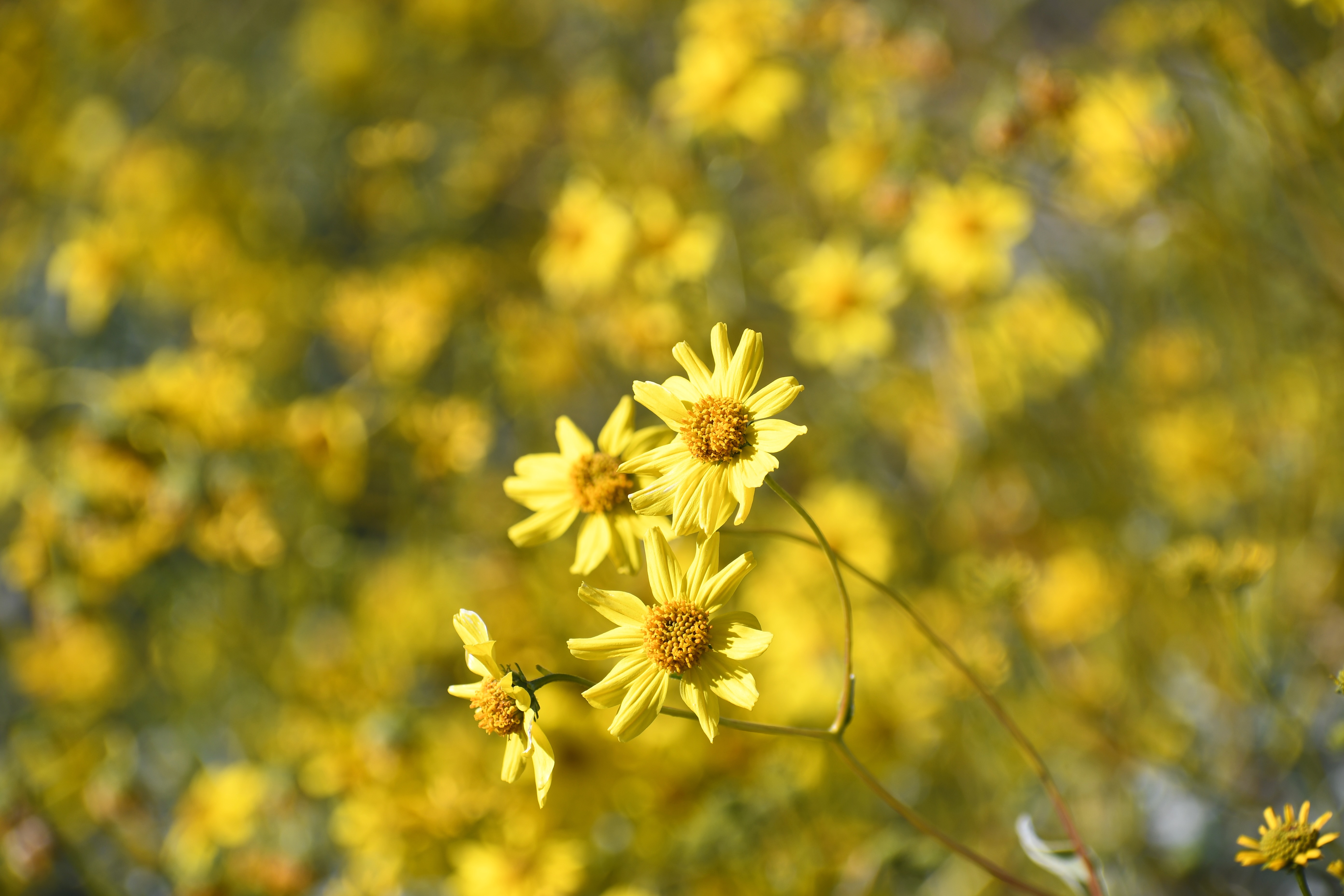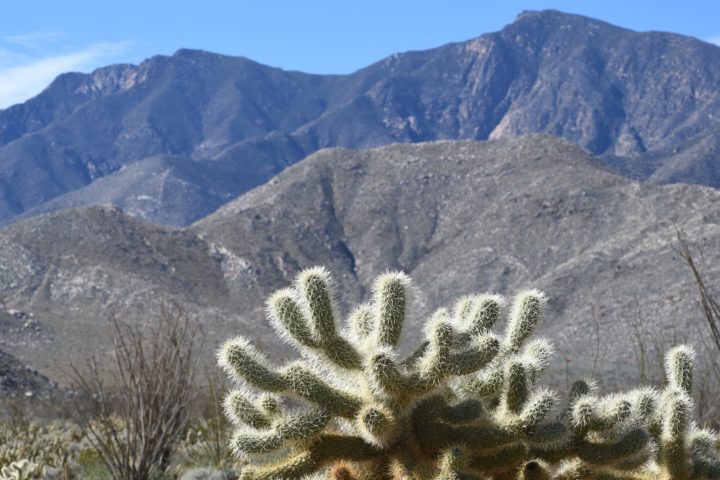A desert is a place for mysticism in the dancing shadows of a night fire and appreciation of the grandeur of nature on the trail. So what better companions for a desert trip than Anil Seth’s “A New Science of Consciousness,” on audio, and “An Immense World” by Ed Yong? Seth’s book is a journey into the source and meaning of consciousness. Yong’s book explores the strategies employed by living organisms for processing and making sense of the world. The inner world of an organism and the outer world of the environment confront in the desert, where life is harsh and spectacular.
My purpose for the trip was rather mundane compared to the lofty themes of these two books. I wanted to glimpse the super bloom and catch it on my new camera. The camera has become an extension of me, like a third eye or a third arm. When I hike, I see the world in photo ops, looking for scenes and frames, hunting for subject matter, and checking for patterns and lighting. The camera has become a part of my extended umvelt. The camera extends my visual umvelt to see farther, in more detail, and at different frame rates than my eyes alone can see.
Umvelt is a great word. Yong explains, “Earth teems with sights and textures, sounds and vibrations, smells and tastes, and electric and magnetic fields. But every creature can only tap into a small fraction of reality’s fullness. Each is enclosed within its unique sensory bubble, perceiving but a tiny sliver of an immense world … the umvelt is part of the environment an animal can sense and experience – its perceptual world.”
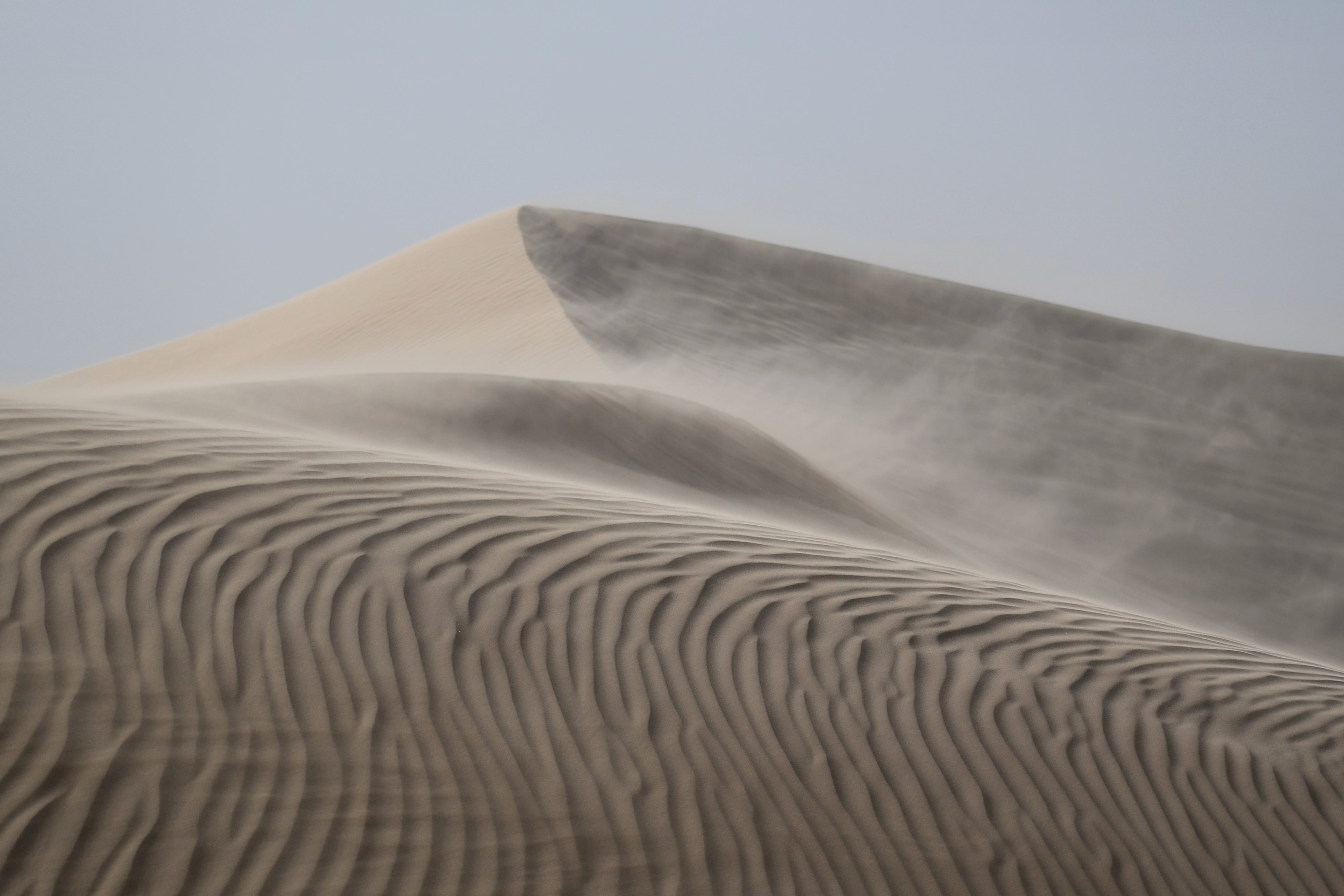
Umvelt is a great word to think of while blowing sand exfoliates my skin and tries to knock me to the ground and blind me despite a protective pair of glasses. Yong dedicates an entire chapter to the unwanted sense of pain, glosses over internal sensations like balance, and instills a new appreciation for the power of human vision in the animal kingdom. I rendered all these sensations more succinctly in a video clip capturing the fury of gusting wind driving razor grains of sand swirling across dunes and pavement.
My mind automatically partitions the world into photo-worthy scenes and those that are not. But I still take comfort in the fact that sometimes you just have to be there. The camera doesn’t capture the absence of the snow-covered mountains in the obscuring tan haze of the disturbed desert. Or the white-knuckled driving up the I-8 grade with sand-filled gusts pushing the car from one side of the lane to the other while weaving through the traffic of a tractor-trailer on its side, a trailer ripped from the back of a pickup truck, emergency vehicles, and vehicles stopped to assist or wait it out.
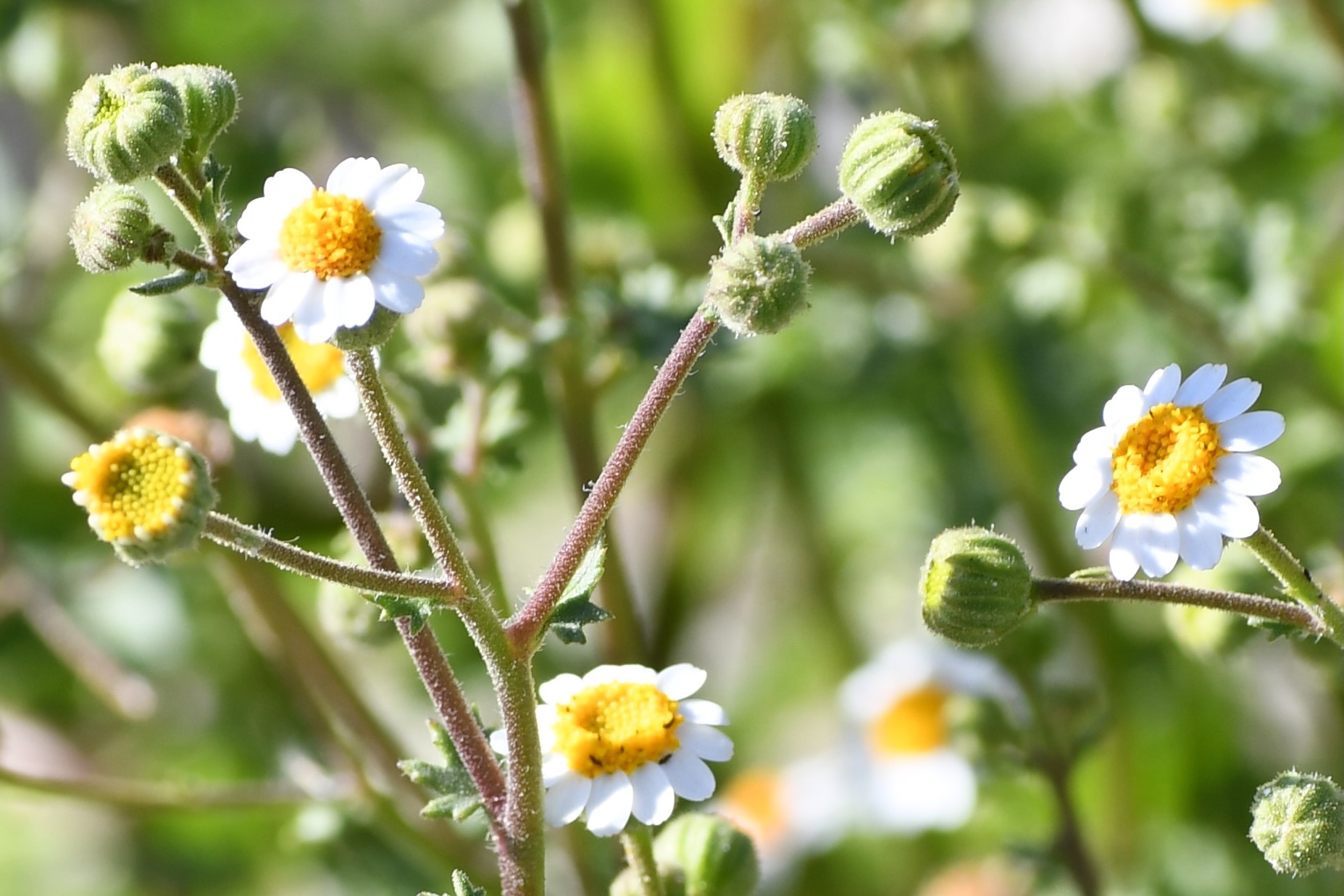
Still, the desert has much to offer in the way of photo-worthy images, especially in this spring of abundant rain. The super bloom has yet to kick in fully, but pixel flowers are everywhere. Pixel flowers are those tiny pinky fingernail-sized flowers that dot the landscape like a Le Grande Jatte pixel painting. Or larger flowers in the distance yet to overgrow into a matte of continuous color. The browns and greens of the verdant desert still dominate, overwhelming both types of pixel flowers unless you are looking for them.
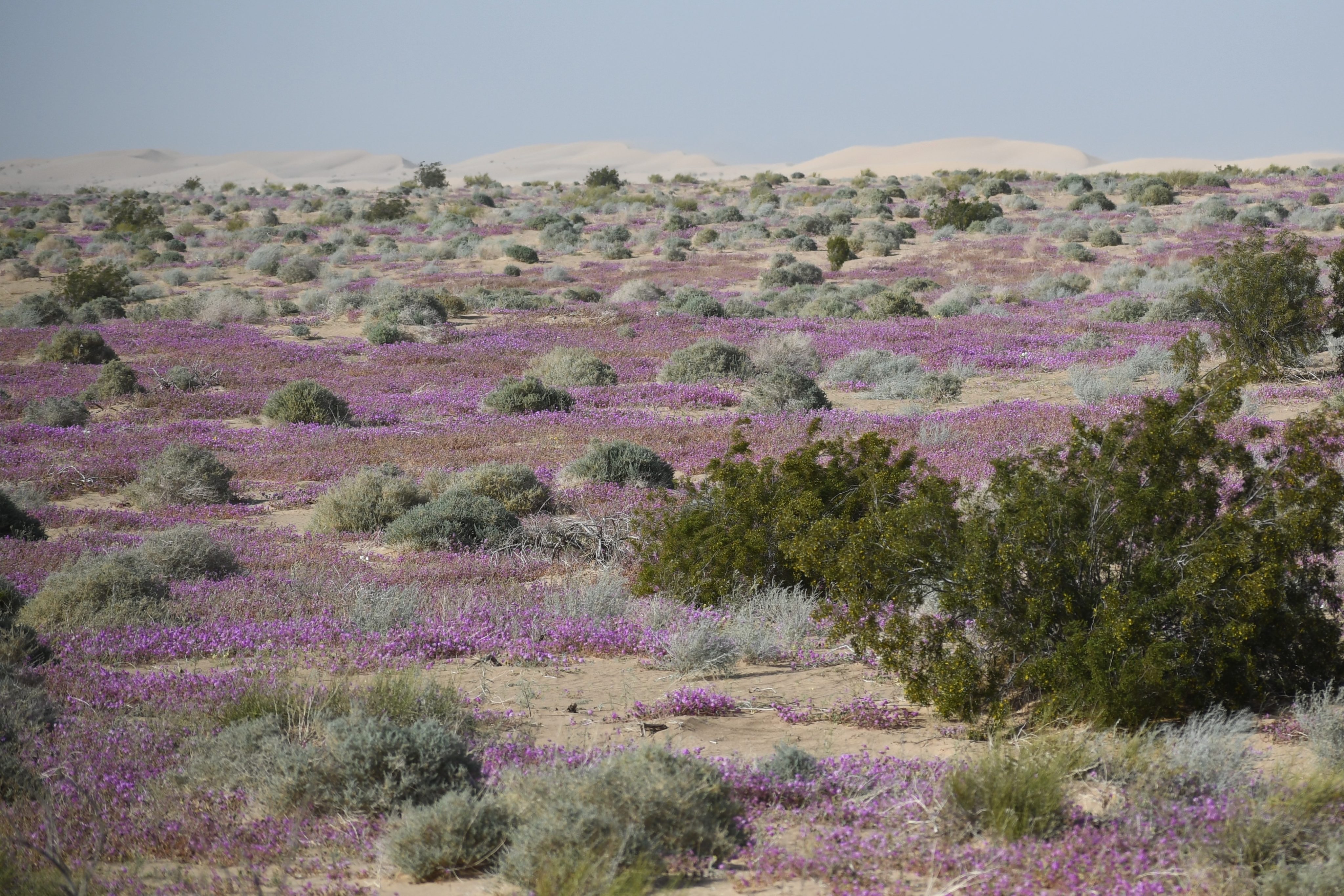
I found one early super bloom. At the Imperial Dunes, clusters of violet-hued sand verbena carpeted the sand, broken by patches of light and dark green desert shrubs. Or, as ChatGPT more poetically puts it:
“A tapestry of violets, strewn upon the sand,
Dotted with desert shrubs, verdant and grand,
The hues of light and dark, a mesmerizing sight,
A masterpiece of nature, painted with pure delight.”
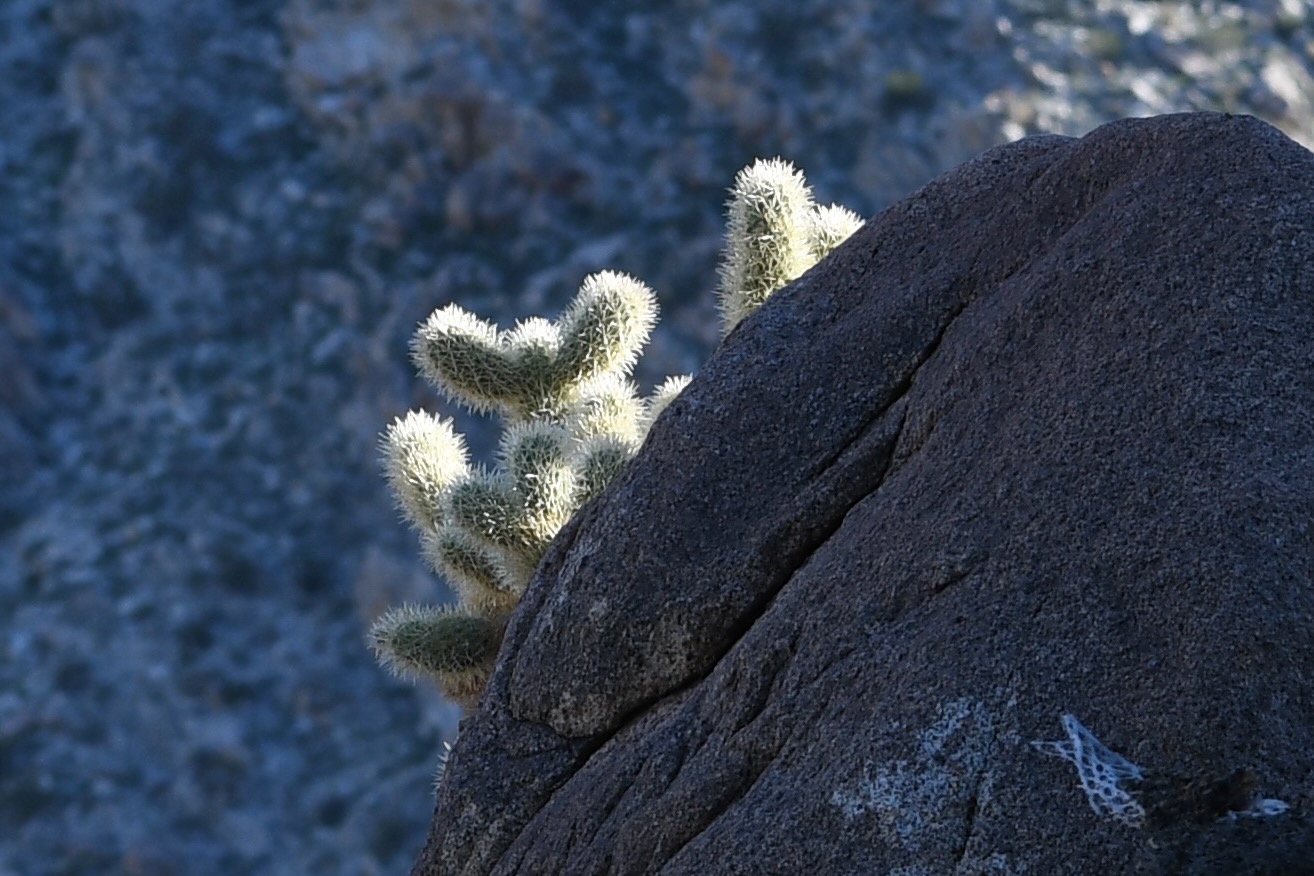
Even amid a desert spring blooming with life, the rawness of the desert is a great place to immerse in the determined inspiration of nature. Wrinkled green and light-blue tinted mountains are backdrops for washes of desert shrubs like ocotillo, brittlebush, cholla, and the ubiquitous creosote. A bent barrel cactus grows out of the side of a rock wall before twisting sunward. Cholla gardens sparkle in backlit sunlight while sending prickles up and down my arms at memories of pulling their spines from my hand. Optimistic wildflowers stake out a nook in a crag. A lone shrub somehow pokes out of a mountain of sand. Desert tadpoles take advantage of the brief respite from dryness. Life finds a way.
Seth informed me that life is a boundary. He quotes that the better an organism’s model of the world, the better its ability to navigate and survive it. He defines consciousness as the ability to detect differences between the senses and the prediction and respond to them. Modern biology reduces life to the statistical mechanical principle of minimizing free energy (in the thermodynamic meaning of the phrase) required to align the senses and prediction. Or, as Max puts it, “Life is lazy.”
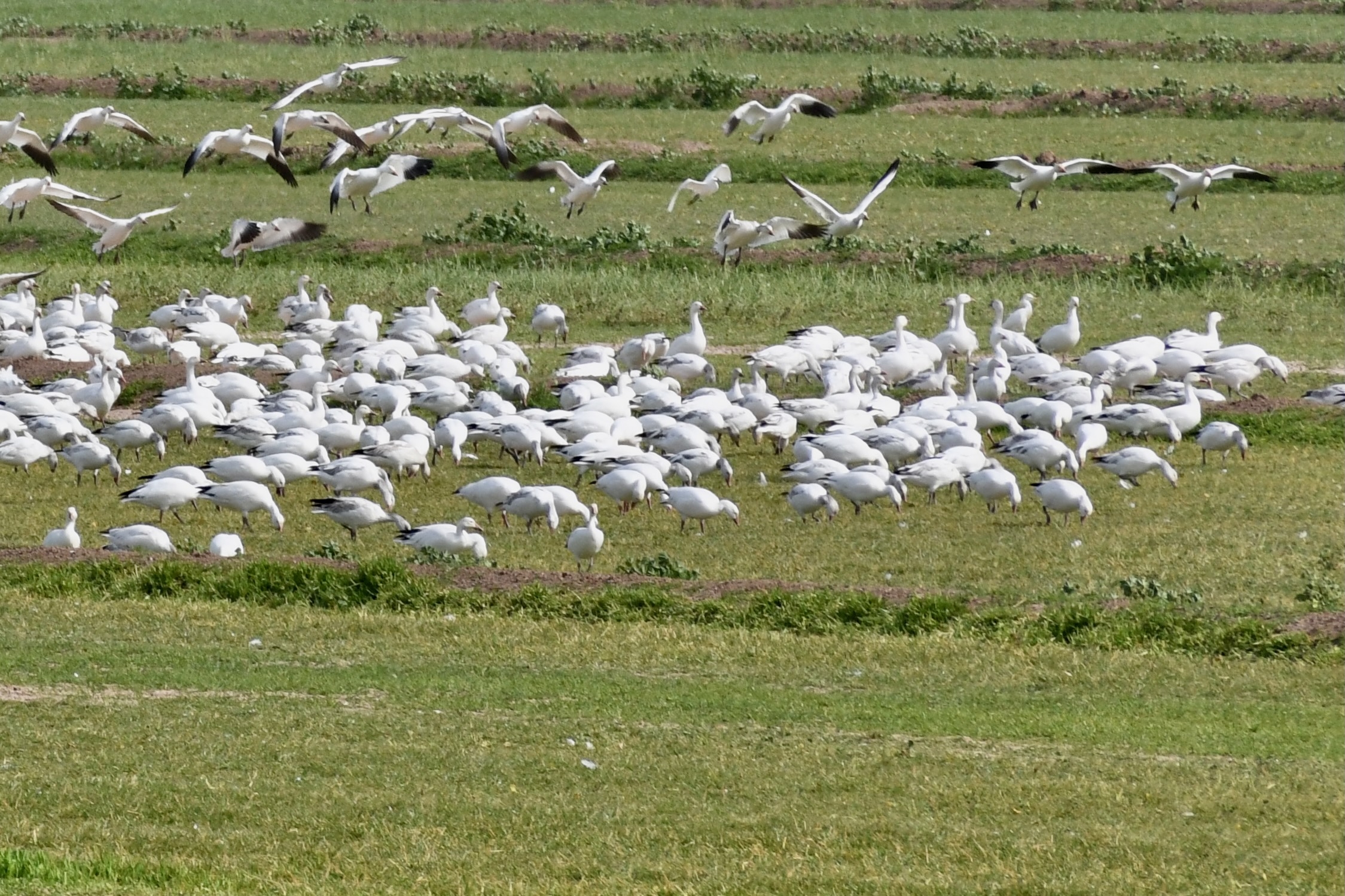
Lazy is relative. The snow geese I saw at the Sony Bono reserve migrate from the farthest reaches of the Arctic to the saltwater flats of the preserve to minimize the free energy of being a snow goose, one of nature’s many diverse solutions to the free energy problem. Their umvelt may include the ability to sense the Earth’s magnetic field to guide it from the Arctic tundra to the Imperial County desert.
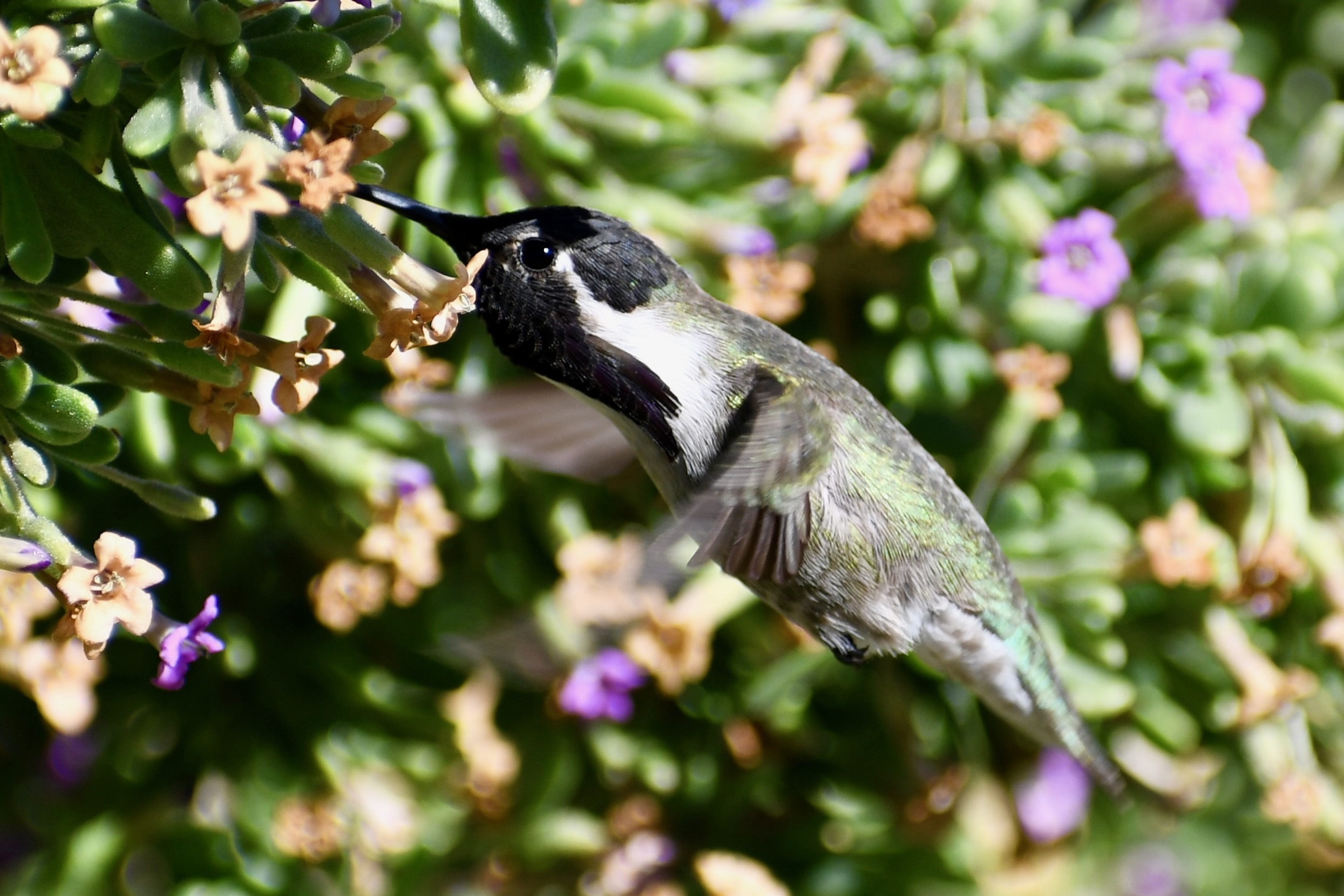
The Costa hummingbird flaps its wings at a frantic 50 beats per second. I don’t think lazy is the right word. Focused, lean, or efficient might be better choices.
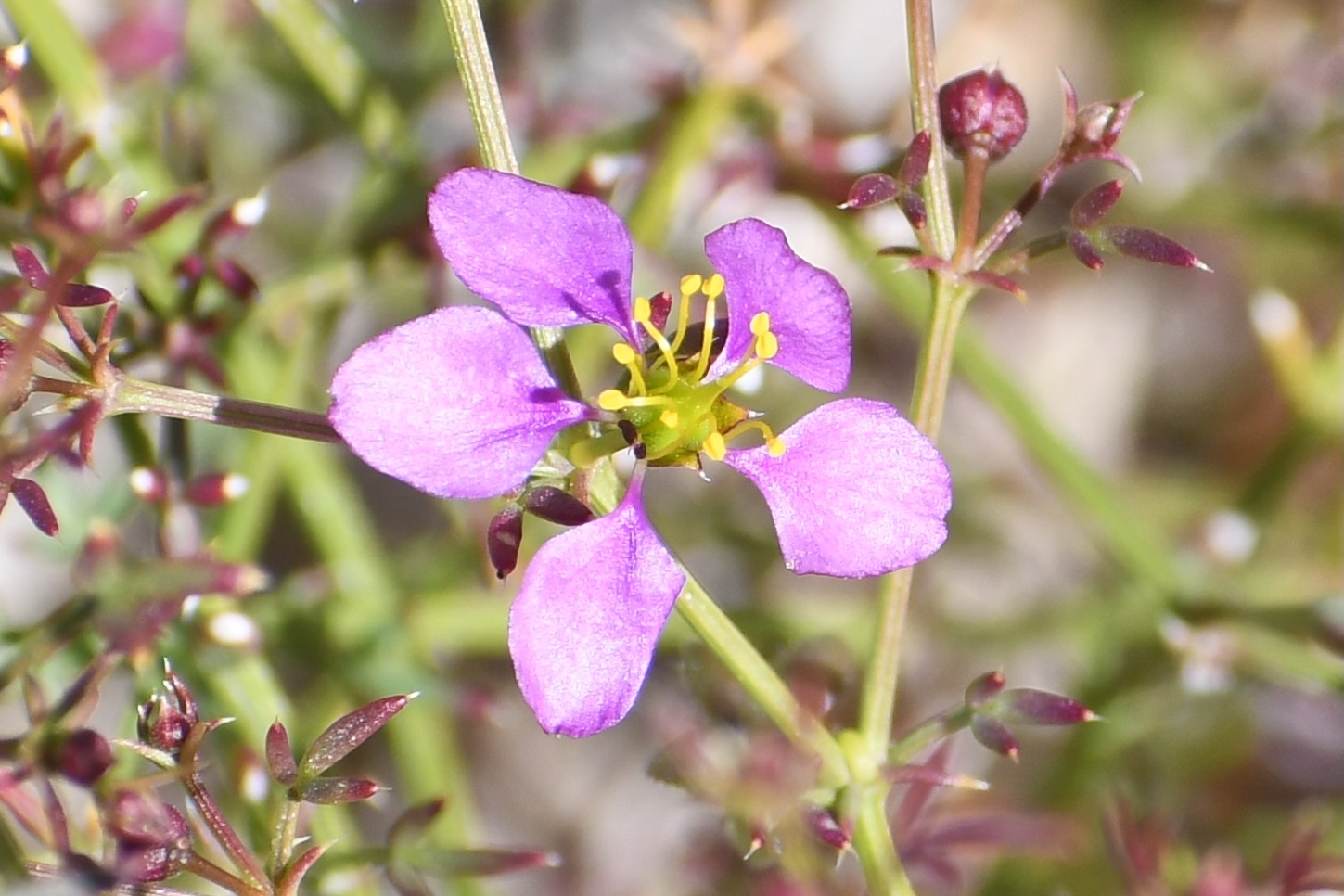
The fagonbush is another solution to the free energy problem. Is the common fagonbush focused? It’s a small bush I nearly stepped on in a wash while trying to take some landscape pictures of teddy bear cholla, barrel cacti, and ocotillo on a hillside. The inconspicuous shrub must have an umvelt to perceive the sun and dig its roots deep for water.
Seth cautions me to distinguish carefully between sentience and intelligence. But I will let the AI explain the difference,
“Yes, there is a difference between sentience and intelligence.
Sentience refers to the ability to experience sensations and perceive the world, including emotions, pain, pleasure, and other subjective experiences. Sentient beings are capable of feeling and conscious experience.
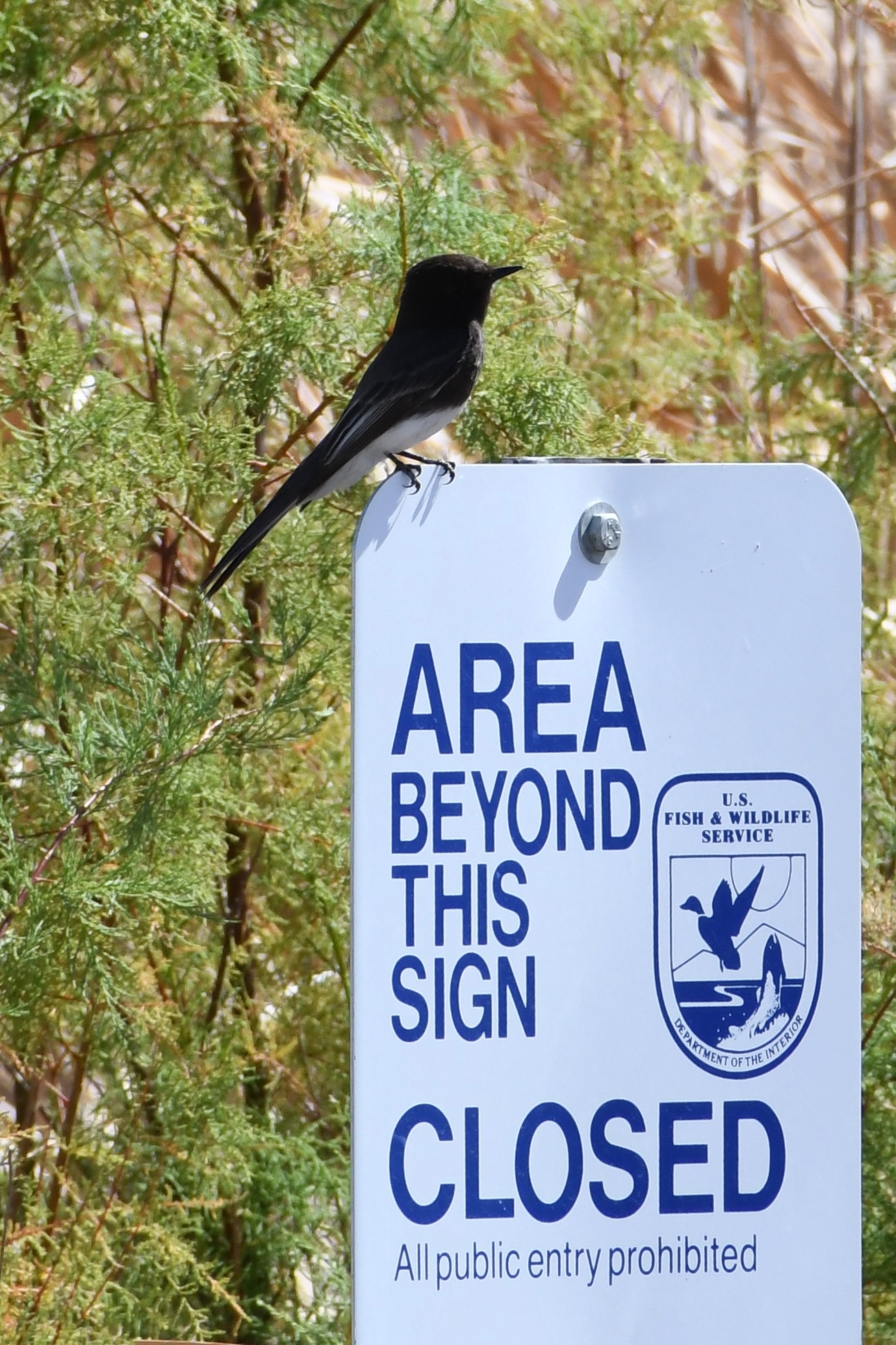
On the other hand, intelligence refers to the ability to learn, reason, solve problems, and adapt to new situations. Intelligent beings can understand and process information and use it to make decisions and take action.
While there may be some overlap between sentience and intelligence, they are distinct concepts. For example, some animals, such as dogs or dolphins, may be considered sentient but not necessarily highly intelligent in problem-solving or cognitive abilities. Conversely, some artificial intelligence systems may be highly intelligent but lack any form of sentience or subjective experience.”
In the above AI-written passages, I take some consolation in the fact that I used my grammar AI to correct my concept AI and that, on some occasions, both are wrong. I take issue with the AI’s contention that dolphins are sentient but not highly intelligent. Technically though, the AI is not wrong: you can consider anything to be sentient but not intelligent. I’m sure a few people came to mind when you read that.
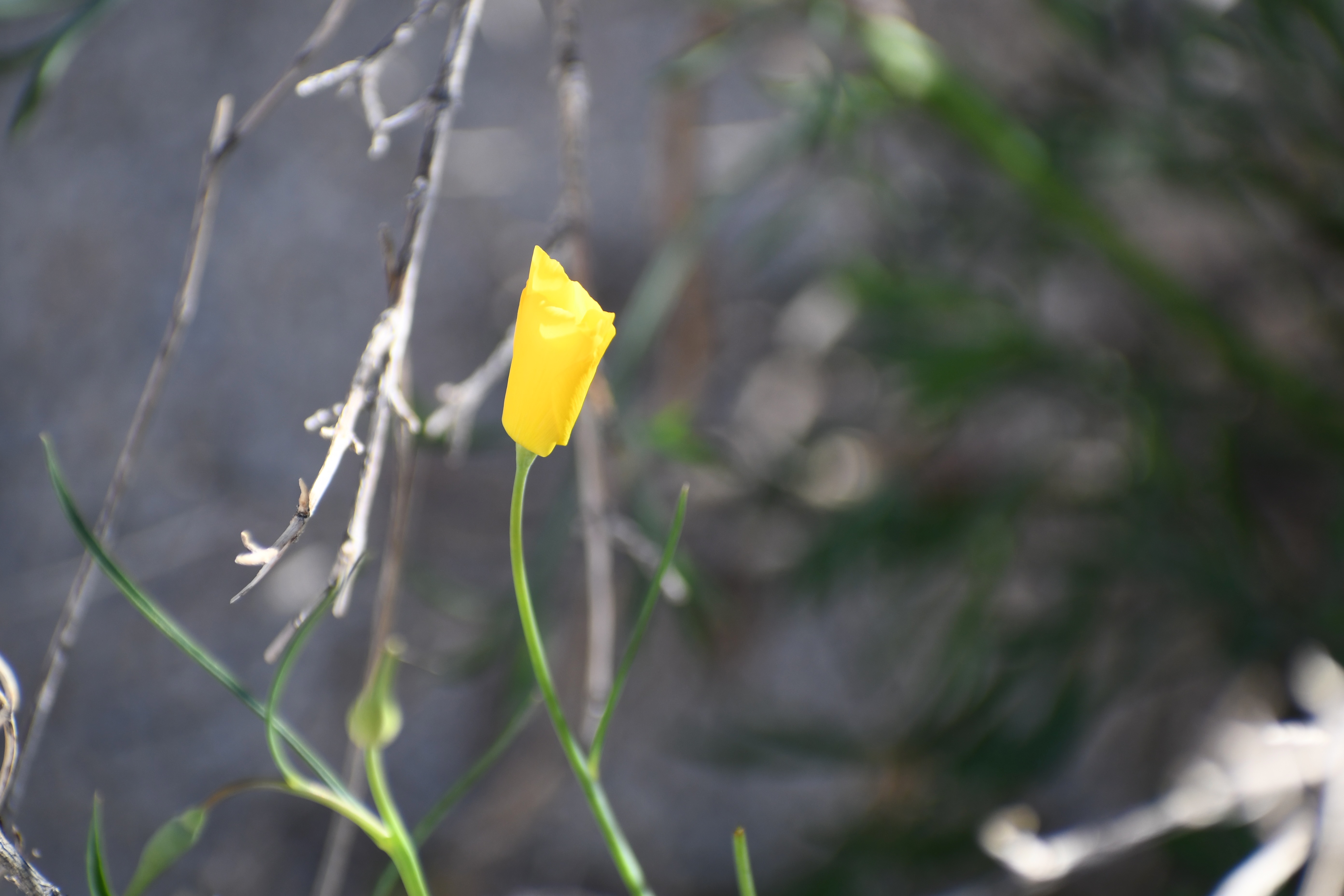
Yong and Seth warn against our limited ability to perceive the world as another creature and against our tendency to anthropomorphize. Our biases divert us from other creatures’ sensations and thought processes. But I wonder if Yong and Seth have over-limited themselves to the animal world of motion because neither attributes perception to plants or fungi. Plants may not appear mobile, but I have a picture of a poppy with its flower yet to unfurl in the morning sun. Is it a choice? Plants release secondary chemical compounds when under insect attack that warn other plants. Is this perception, or is it just a reflex? Fungi don’t appear to move, but they can destroy mycelia in some spots while creating it in others, effectively creating motion through growth. Does consciousness require the electric field of a neuron? One SA article informed me that the discharge of a neuron is a side-effect of ion movement. Plants and fungi move ions. Can plants and fungi perceive? Can plants and fungi misperceive? Can they change that misperception in the future? Wouldn’t that be conscious, free-will behavior, as Seth defines it?
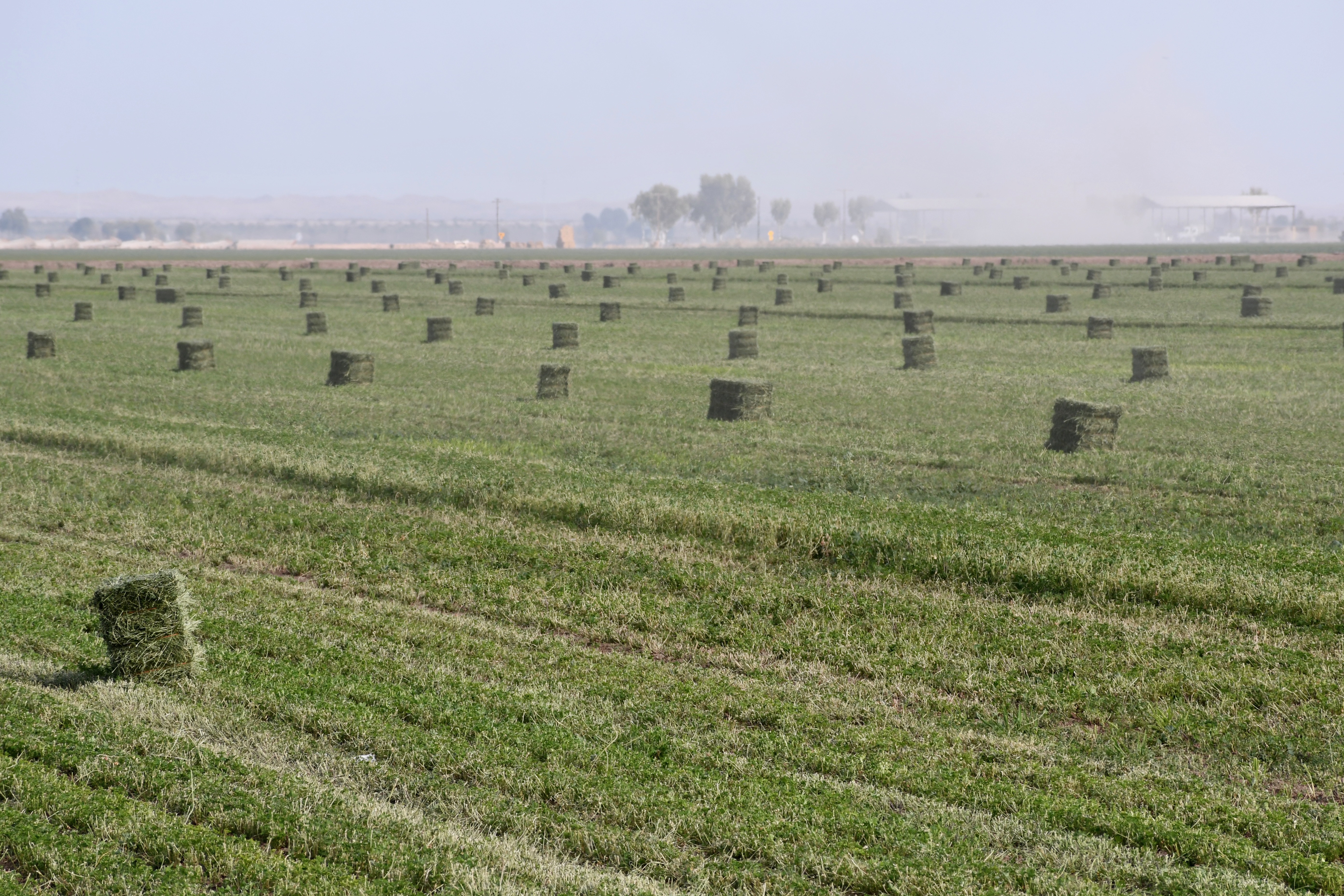
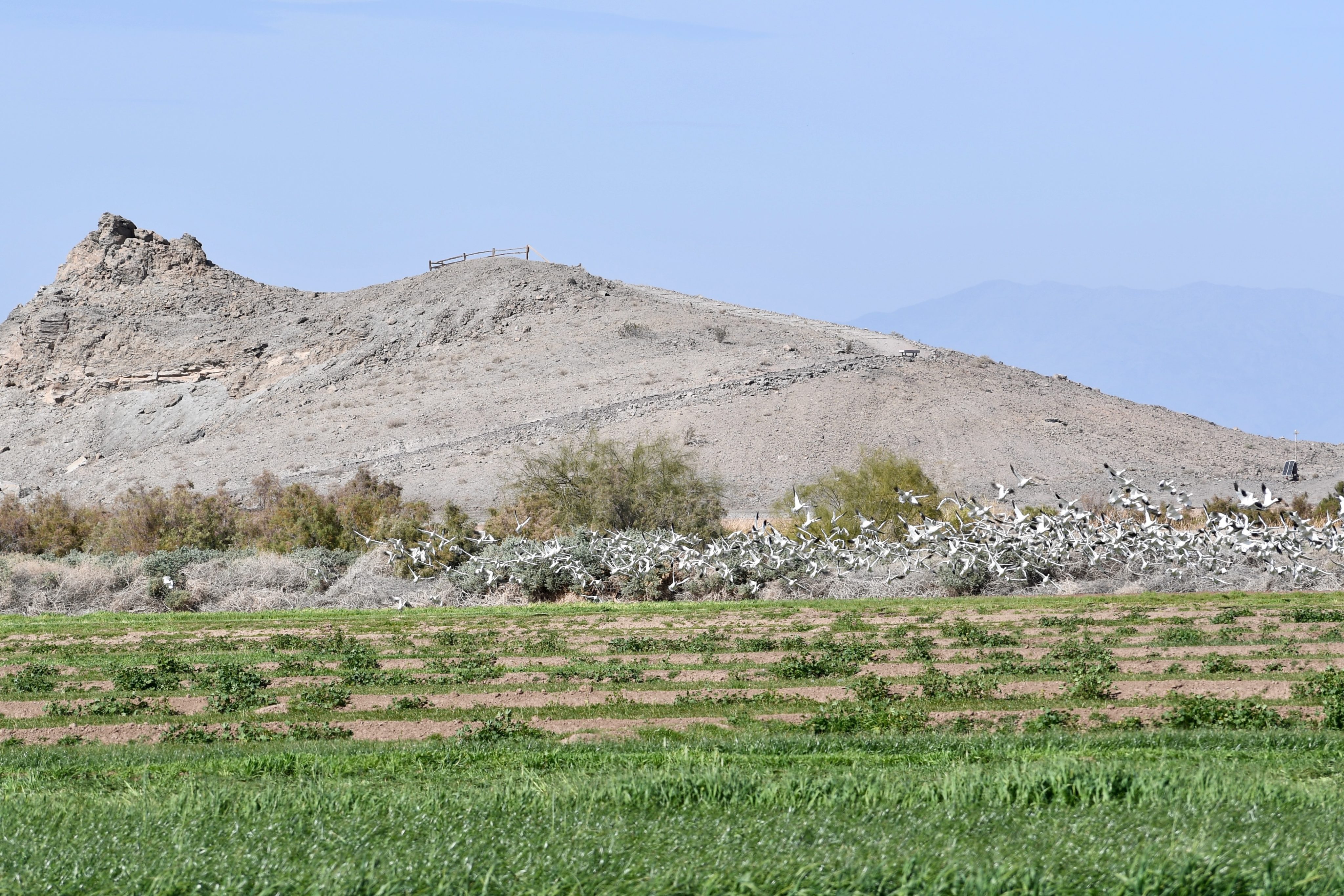

I drive from the desert marsh of Agua Caliente to the outlooks at the Sonny Bono National Wildlife Reserve to the Imperial Dunes near Glamis, viewing the many faces of Imperial County: the Salton Sea, the geothermal plants spewing out vapor from their stacks, the many facets of hay processing from field to piles to storage, and the dunes both as beauty and recreation.
Just like the transitions of driving from one spot to another, my thought processes frame ideas as potential stories. The umvelt and free energy of real and imagined creatures and systems are an excellent basis for the beings of a sci-fi story, including AI entities, remembering that the ChatGPT AI has already warned me about confusing sentience with intelligence. Still, writers must venture where science and AI bots fear to tread. As a writer, I will endeavor to tread, staying within the framework of umvelt and decision, though unafraid to try it out on the universe’s many biological and non-biological possibilities for sentience and free energy minimization.
Seth bursts the bubble on one of my story ideas. He says more recent research has exposed a flaw in the study that claimed a researcher could predict your actions from neuronal patterns in fMRI measurements almost a full second before you are aware of your choice. When I read about the original research, I had the idea that employers could augment their employees’ brains with motivational neuronal work hats. The work hats could replicate the neuronal pattern of a decision to put the thought in their heads to do the corporate work as if they had the idea themselves, so there would be no resistance to the enterprise’s mission. It would be the latest, greatest in workforce motivation. So much for free will, right? But the employees would have their brains back at the end of the day simply by removing the hats.
In the original study, the researchers only looked at cases where the research subjects decided. But more recent research suggests that the same neuronal patterns also occur when they are about to choose but don’t reach a critical threshold to pull the trigger. Seth makes the comparison with the ring-the-bell carnival game. The original research only focused on cases where the bell rang, e.g., a decision was made. The subsequent analysis included the trials where the puck didn’t reach the bell. Our free will lives to decide another day, so the companies might have to return the hats as yet another failure in workforce motivation.
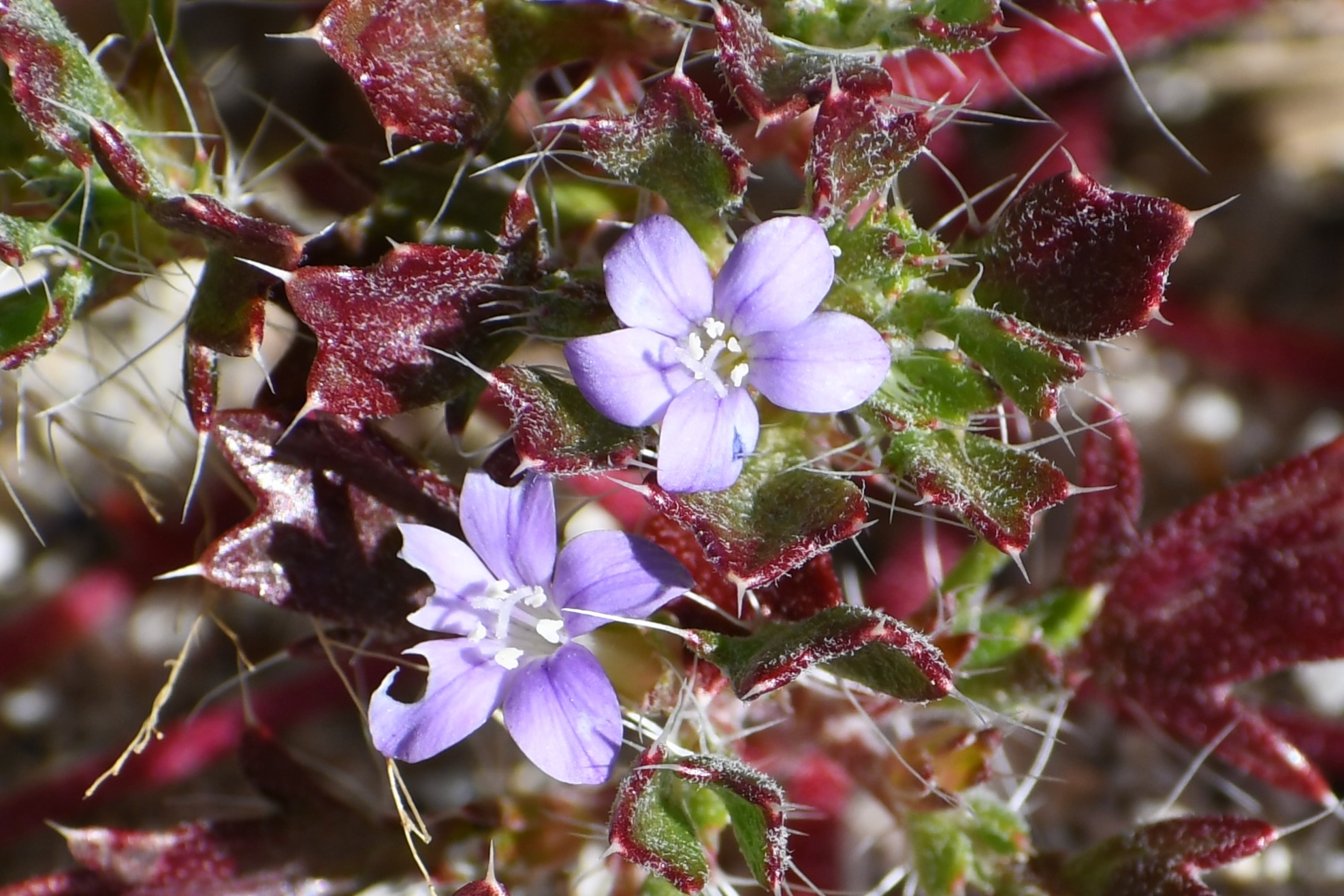
With one story lost, another comes to mind. What would it be like to have neural augmentation that enhances our umvelt so I can see infrared with pits like a viper, sense electric fields like a shark or an eel, see circularly polarized light like a mantis shrimp, hear the ultrasonic squeaks of a bat, the subsonic communication of an elephant, or magnetic fields like a migrating bird? It’s one thing to see the ultraviolet translation of a picture in ordinary light. It would be quite another to have that as part of our sensory capability. Instead of asking why our brains are so big, we should ask why they are so small. All that extra processing would come at a steep metabolic price to add in the extra brain processing, but is it one that an advanced civilization can afford? What would it take to integrate our new senses into our existing umvelt?
Seth suggests that consciousness comes from the difference between what our minds predict and our senses report. When the outfielder tracks down a fly ball, he does so by continually trying to correct for being directly in the path of the ball, not by running to a fixed spot determined by physical calculations of force and motion. Free will, or at least our perception of free will, arises from recognizing alternatives. When you realize you could have done something another way, it is your brain’s way of laying down more enlightened processing for the next time you find yourself in a similar situation.
I have always thought that consciousness and learning are intimately intertwined. There is no learning through osmosis. To learn, you must become aware of another way to do something. To become aware means to bring it into your conscious mind. Bringing it into your conscious mind allows you to change the behavior.
Athletes talk about being in “the zone” where they don’t think to perform fluidly. Learning disrupts an unconscious behavior to develop a new model to aspire to. For an athlete, that means slowing down high-performance reaction times. Training minimizes the gap between perception and aspiration, and between awareness and flow. Or, to put it another way, it strives to make a learned behavior automatic, to perform without thinking.
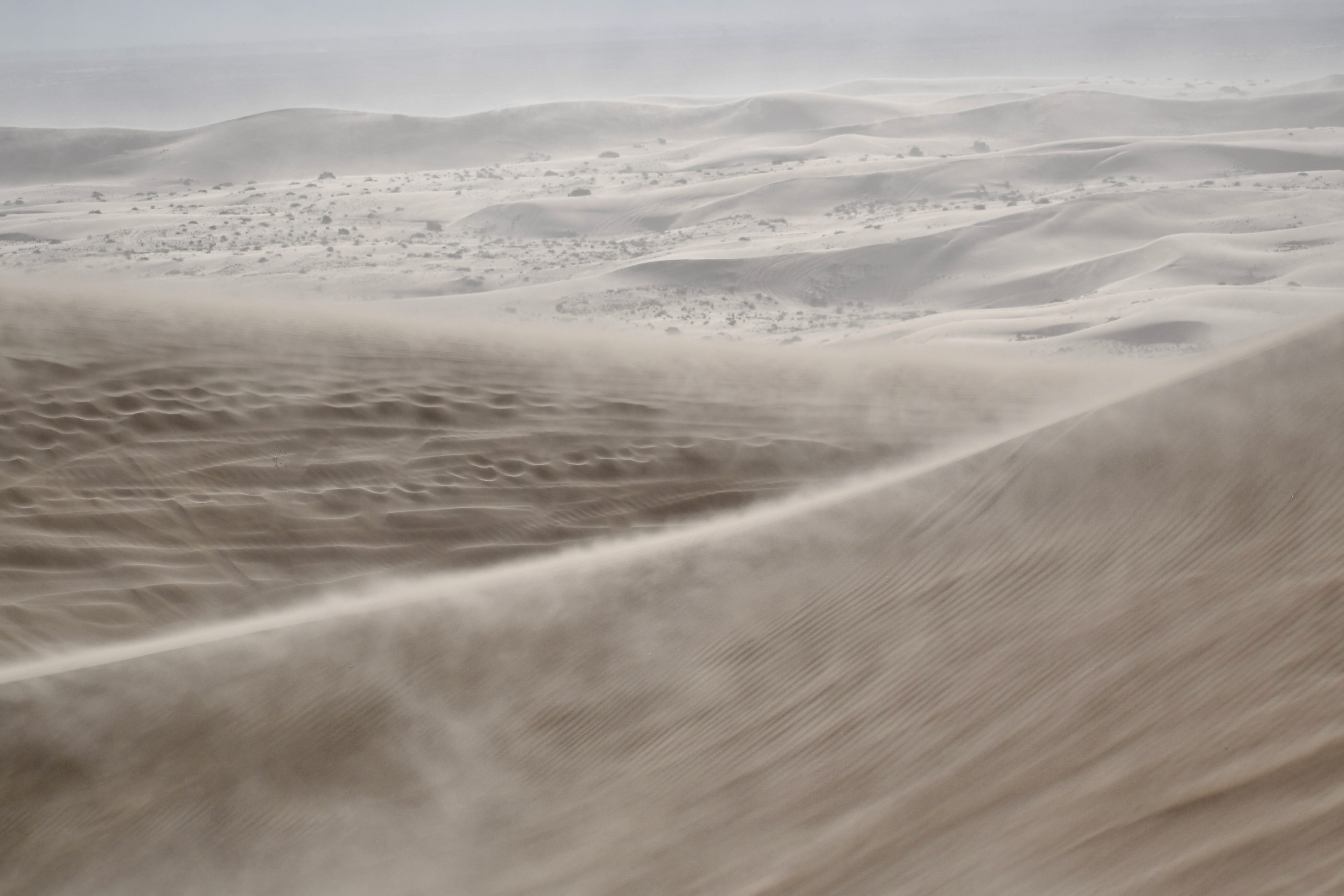
I’m in another kind of zone. The ideas swirl in my head like the desert wind. I have a bottle of soju to fuzzy my awareness and to save some of that free energy while trying to keep warm at the night’s fire. Sitting at the fire, I learned that a bundle of fire burns for about three hours, and I can stretch a bottle of soju for about that time, but not with the mind-altering properties I desired. Next time I will bring two bottles, maybe more. I was striving for much slower response times.
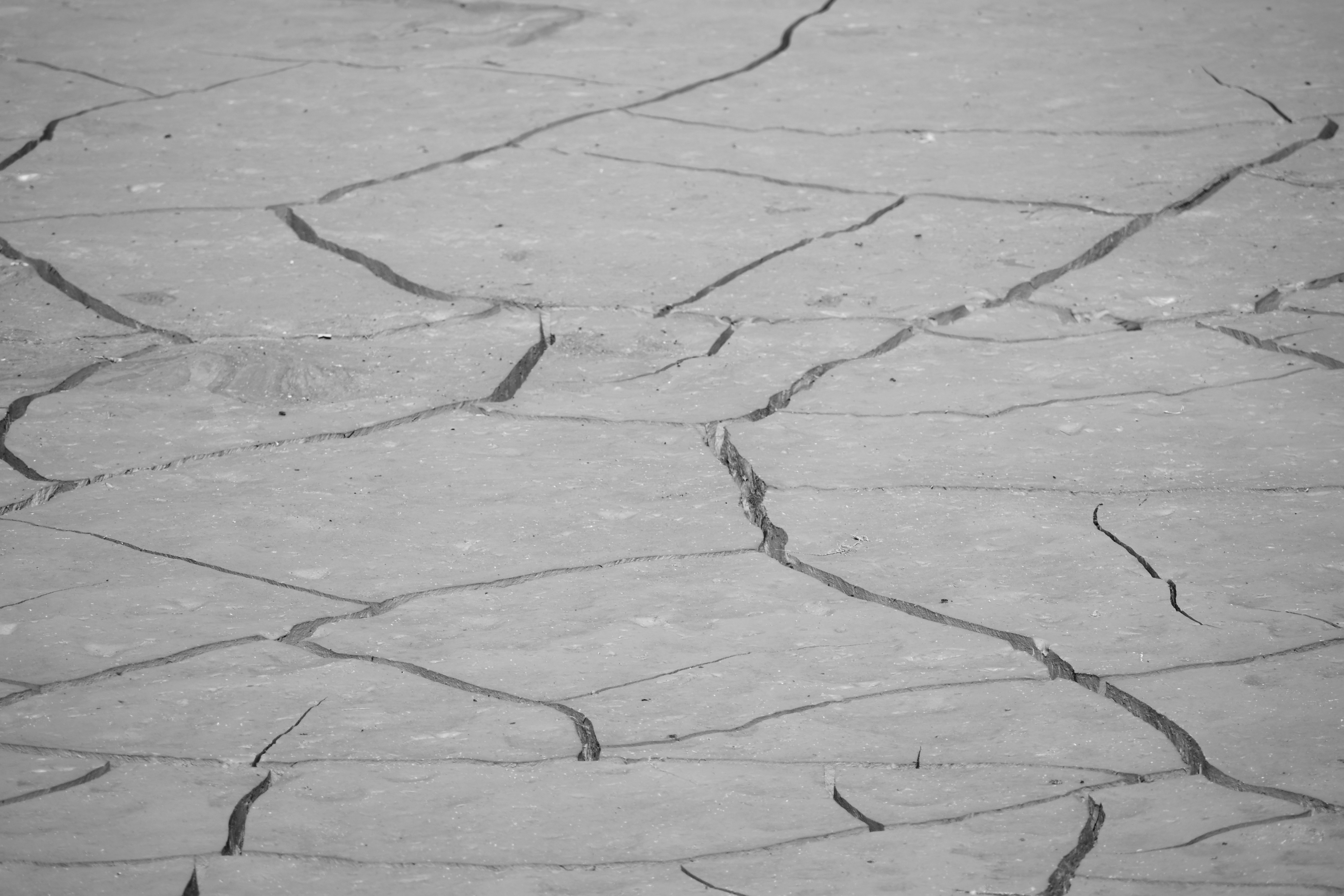
Yong ends his book on a cautionary note. Humans are inadvertently and sometimes advertently destroying the umvelt of the creatures of the natural environment with light pollution that fools moths into dropping dead under a street light, with noise pollution that interrupts interocean whale communication, and even with electric field emitting cables that trick sharks into an attack. Global warming and umvelt destruction are a symptom of a more significant problem: the failure to embrace ourselves as of nature and not apart from it. It’s not hard to appreciate nature in the desert with its rugged mountain, cholla gardens, snow geese in the desert, verbena blooms, and raging sandstorm. Love nature first and let all else follow.
So I’ve invented a new word: the Om-Velt. Om comes from the spiritual meditation of om. Velt is a shortening of the word umvelt. Om replaces um, signifying the deep sensory and sentient experience of an organism’s separation from and connection to its environment.
Or, as ChatGPT puts it:
“The “om” part of the word refers to the spiritual practice of chanting “om” in meditation, which has a calming and centering effect on the mind and body. The experience of the “Om-Velt” is a deeply felt, meditative state of awareness.
The “velt” part of the word is a shortened form of “umwelt,” a term coined by biologist Jakob von Uexküll to describe the subjective world of an individual organism. In other words, the “Om-Velt” encompasses an organism’s unique sensory and perceptual experiences as it interacts with its environment.
The concept of “Om-Velt” refers to a state of heightened awareness or consciousness in which an organism is acutely attuned to its surroundings, both as a distinct entity and as part of a larger whole. It suggests a deep appreciation for the interconnectedness of all things and a recognition of how their environment shapes an individual’s experience.
Overall, “Om-Velt” captures a profound spiritual and ecological awareness and describes a particular contemplative experience.
And here is the soulless ChatGPT’s poetic take on Om-Velt in the desert:
Amidst the sands of time and space
A seeker wanders, searching for grace
To feel the Om-Velt’s gentle touch
And know the world’s sacred clutch.
The sun beats down upon her brow
But in her heart, she feels somehow
The desert stretches all around
A deeper sense, more profound.
She sits upon the burning sand
And takes a breath, a single strand
Of serenity that settles in
And makes her feel the world within.
The wind picks up, a subtle breeze
That whispers secrets through the trees
Of cactus and of ancient lore
Of life that thrives amidst its core.
The Om-Velt brings a sense of awe
That fills her up and leaves her raw
With joy and wonder, love and bliss
She feels her world is part of this.
The sun sets low upon the land
The sky ablaze, a fiery brand
Of colors and of shifting light
That marks the end of day and night.
And at that moment, all is one
The desert, seeker, setting sun
Are joined in Om-Velt’s holy glow
And all is well, as it must flow.
The seeker rises, dusts her clothes
And knows that in her heart she glows
With Om-Velt’s gentle, loving light
That shines forever, day and night.
Author’s Note: ChatGPT wrote that poem in less than a minute. I on the other hand, did not finish those two books in two days. It happened that, coincidently, I finished both during my adventure.”
